
7 Most Rattlesnake Infested Areas in Louisiana
While Louisiana's reptilian reputation often focuses on alligators, the state harbors significant populations of rattlesnakes. From the pine forests of the north to the swamp edges of the south, the seven most rattlesnake-infested areas in Louisiana provide perfect conditions for numerous species, including timber, canebrake, and eastern diamondback rattlesnakes. Each location offers unique habitat combinations that allow these pit vipers to thrive in surprising numbers. In this article, we'll take a brief look at the unique habitats that rattlers call home. We'll also share a few safety tips to help you avoid close encounters.
Kisatchie National Forest
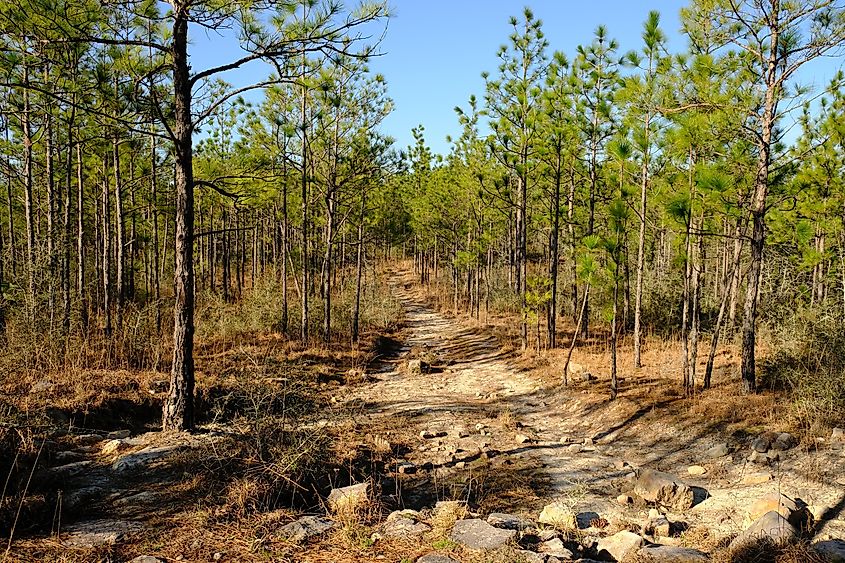
Louisiana's only national forest provides excellent habitats for both timber and eastern diamondback rattlesnakes across its pine-dominated landscape. The forest's longleaf pine savannas offer the open understory that these species prefer, while fallen logs and stump holes supply vital shelter. Timber rattlesnakes particularly thrive in areas where pine forests meet hardwood bottoms, taking advantage of the diverse prey that these transition zones support. The forest's network of hiking trails crosses several prime rattlesnake habitats, especially in the Kisatchie Hills Wilderness, where rocky outcrops offer ideal basking spots. Eastern diamondbacks tend to gather in the sandier parts of the forest, especially around pocket gopher colonies that provide both prey and burrow systems. Hikers should stay on marked trails and avoid stepping over logs without first checking the other side. The Longleaf Vista area experiences frequent snake activity during spring and fall, so it’s best to explore during midday hours when snakes are less active.
Atchafalaya Basin
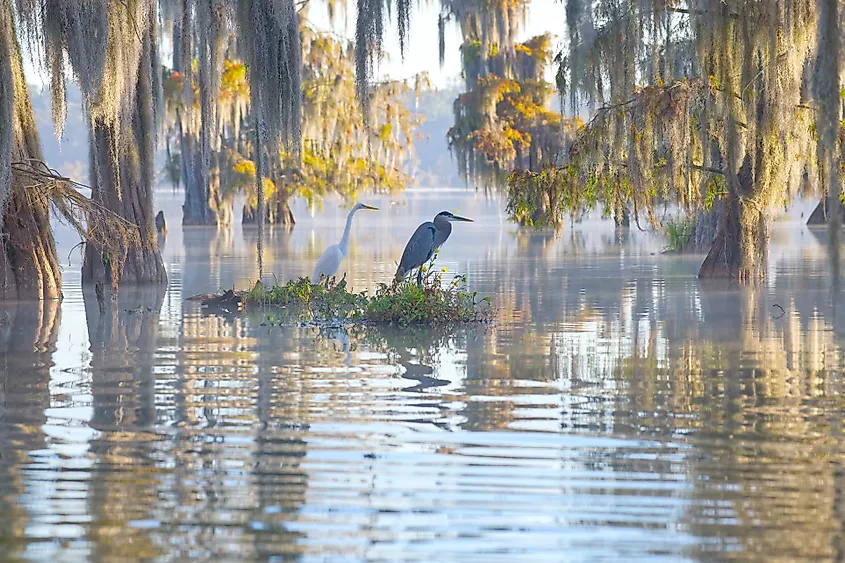
America's largest river swamp harbors healthy populations of timber and eastern copperhead rattlesnakes along its elevated ridges and natural levees. Unlike many wetland areas, the Atchafalaya's unique topography creates "islands" of higher ground where rattlesnakes thrive. Canebrake rattlesnakes, also known as timber rattlesnakes in their swamp form, particularly favor areas where hardwood forests meet marsh edges. The basin's complex network of oil field boardwalks and hiking trails often crosses prime snake habitat, especially along the Indian Bayou area where fallen trees create perfect basking sites. Snakes like to concentrate on the higher, drier ridges, particularly in areas with abundant rabbit and rodent populations. The extensive system of raised boardwalks helps visitors avoid direct contact with snakes, but careful attention should be paid where walkways meet land. During spring and fall flooding, snakes often concentrate on elevated areas, so give any raised ground plenty of space during these periods.
Lake Pontchartrain
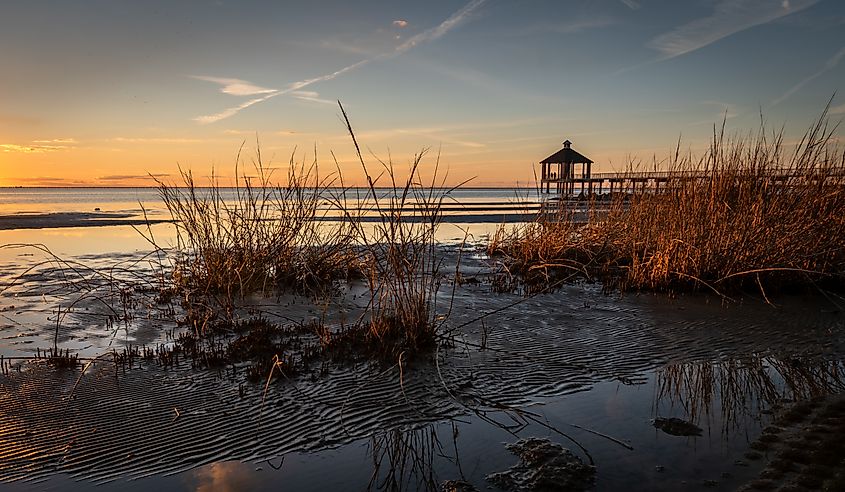
Spanning an impressive 630 square miles and stretching 24 miles from south to north, Lake Pontchartrain is one of Louisiana's most snake-rich environments. This large estuary, fed by numerous bayous and rivers, provides ideal conditions for a wide variety of snake species. Timber rattlesnakes and pygmy rattlesnakes share this diverse ecosystem with common water snakes, ball pythons, eastern copperheads, and several other species. The lake's rich environment offers an abundant food supply that sustains these diverse snake populations. Fish, frogs, and small mammals attracted to the water create an ideal hunting ground. Visitors should exercise extra caution along shorelines and in areas where land meets water, as snakes often gather in these zones to hunt. The mix of freshwater and estuarine conditions creates multiple habitats where different snake species can thrive.
Lake Maurepas
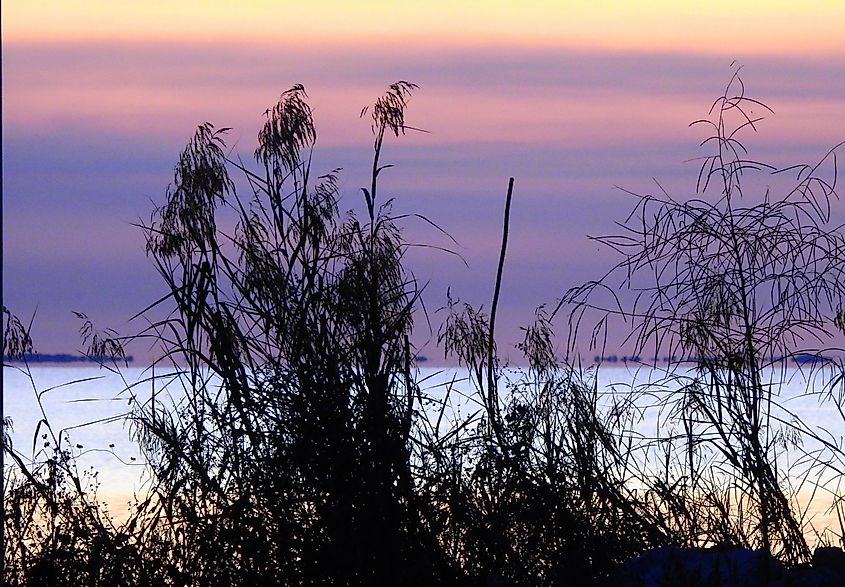
Covering over 15,000 acres of pristine wilderness, Lake Maurepas provides a refuge for many snake species. The lake's remote location, surrounded by tupelo and cypress swamps, offers ideal habitat for snakes. Four major waterways— the Amite, Blind, Natalbany, and Tickfaw rivers drain into the lake, forming a complex ecosystem where snakes thrive. This peaceful environment, mostly untouched by development, hosts a wide variety of species including ball pythons, gray rat snakes, glossy swampsnakes, and mud snakes. The undisturbed surroundings and abundant wildlife make this area perfect for these reptiles. Visitors exploring the cypress swamps should stay alert, as the natural setting allows snakes to behave naturally without human interference.
Calcasieu Lake
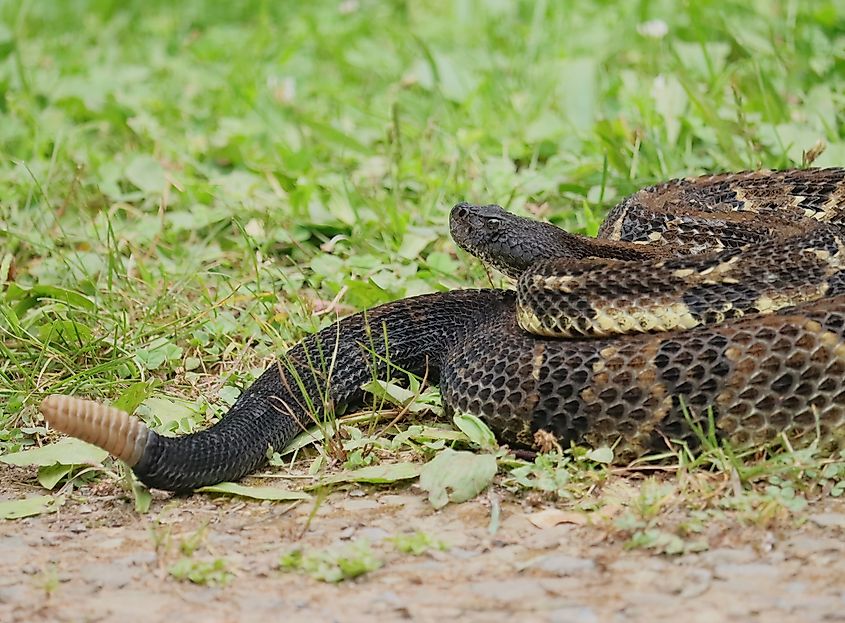
Located near the Louisiana-Texas border, Calcasieu Lake's extensive marsh system offers habitat for an impressive 26 snake species. The Chenier Coastal Plain environment creates diverse microhabitats where eastern copperheads, timber rattlesnakes, northern cottonmouths, Texas coral snakes, and glossy swamp snakes coexist. The lake's rich ecosystem supports plentiful prey such as Gulf menhaden and waterfowl, which help sustain the varied snake population. The vast marsh habitat provides ideal hunting grounds and shelter for these species. Visitors should exercise extra caution when exploring marshy areas or fishing spots, as the natural surroundings enable snakes to stay active and hunt throughout the area.
Bogue Chitto National Wildlife Refuge
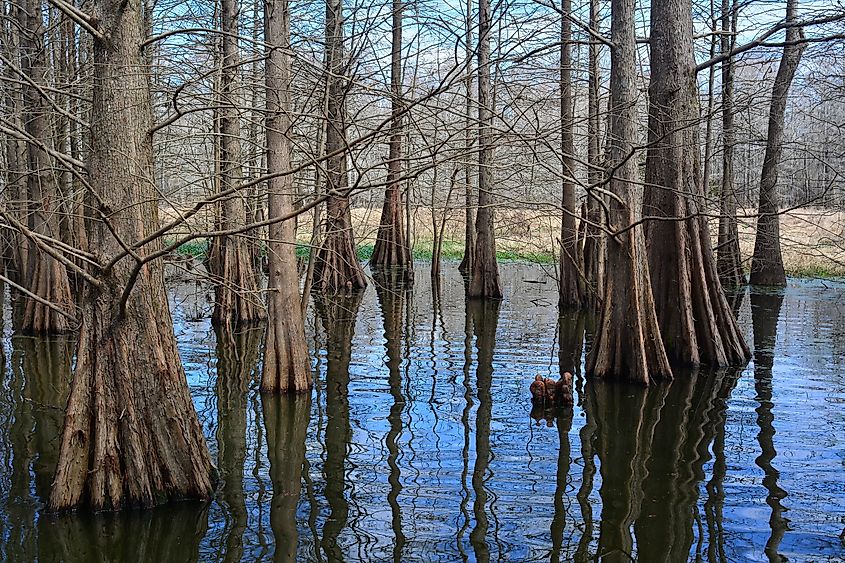
The diverse landscape of Bogue Chitto creates ideal conditions for both timber and canebrake rattlesnakes. The refuge's mix of bottomland hardwood forests, upland pine woods, and river swamps offers varied hunting grounds and shelter sites. Timber rattlesnakes favor higher pine ridges, while canebrake rattlesnakes often live in the transitional zones between wetlands and forests. Pearl River's natural levees and nearby uplands host especially dense snake populations, particularly where fallen trees provide cover near water sources. The refuge's network of hiking trails crosses several known denning areas, mainly along the higher ground of the river bluffs. Visitors should avoid walking through tall grass or brush, especially during morning and evening when snakes are most active and during the spring breeding season.
Chicot State Park
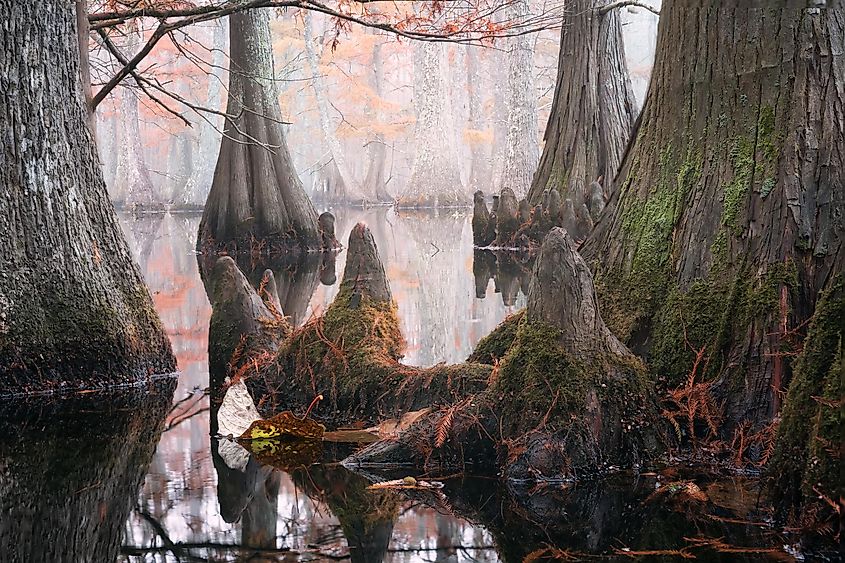
Louisiana's largest state park provides diverse habitat for timber rattlesnakes throughout its 6,400 acres of rolling hills and bottomland forest. The park's unique combination of hardwood forest and lake edge habitat creates perfect conditions for several rattlesnake species. Timbers particularly favor the higher elevation areas where oak-hickory forests provide abundant prey and winter denning sites. The park's extensive trail system, including the miles-long Loop Trail, winds through prime rattlesnake territory. Snakes often concentrate around fallen trees near the lake edge, especially in areas where sunlight penetrates the canopy to create basking spots. The North Landing area sees frequent snake activity, particularly during spring and fall when temperatures are moderate. Trail runners and hikers should stay alert on early morning runs since rattlesnakes will warm themselves on trails at dawn. Keep children close on trails and avoid letting them climb on brush piles or fallen logs.
Louisiana's diverse and beautiful landscapes provide ideal conditions for rattlesnakes, from piney woods to swamps and lakes. Each location offers unique combinations of elevation, forest cover, and prey availability that support healthy snake populations. Understanding these snakes' habitat preferences helps explain their concentration in these seven most rattlesnake-infested areas while highlighting the importance of respectful coexistence. If you're planning a trip to any of these locations, you can safely enjoy Louisiana's natural beauty by remaining alert, staying on designated paths, and giving these remarkable creatures the space they require. Rattlesnakes play an essential role in the state's complex ecosystems, and by preserving their habitats, we can keep Louisiana thriving with wildlife.











